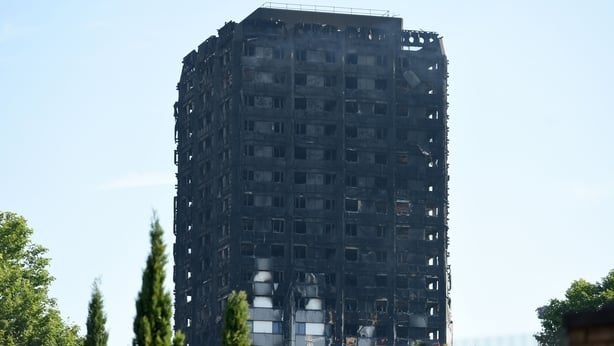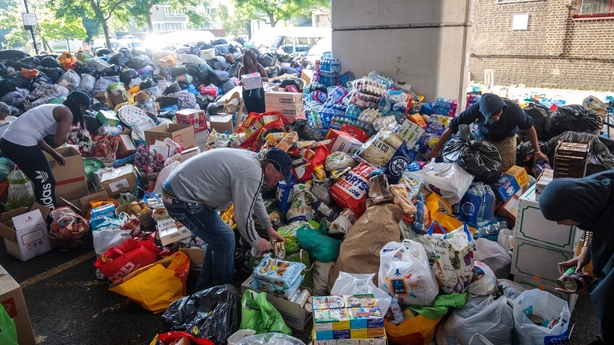Four weeks on and Grenfell Tower is hard to look at, and hard to look away from. Having seen the image so often in reality as well as on TV screens and in photos, I find it strange that it can still cause such an immediate feeling of horror.
But it does.
Every time.
I live four streets away from what has now become a symbol for so much grief and so much anger all at once.
Before the morning of 14 June, Grenfell was one of a number of tower blocks in the neighbourhood, visible from countless corners and road intersections. I did not know how many places you could view it from. I know now.
Last week, a child aged about eight or nine stopped suddenly outside the local supermarket and just stared.
His mother, who had clearly spent three weeks trying to be sure he didn’t see Grenfell, turned to find him looking at it and crying. "It’s the tower", was all he could say as people around froze for a moment, unsure of what to do.

Grenfell has that effect. The horror is so appalling you do freeze initially, feeling you should do something, and yet not knowing what to do.
In the hours after the fire took hold countless people tried to find a way to do something, to help, to break that sense of being frozen in shock.
Officialdom froze too of course, but it remained frozen, compounding local people’s sense of anger and frustration. It allowed a space for conspiracy theories to grow. That has left people only feeling a sense of mistrust of a system which let them down, and keeps letting them down.
Once that trust is lost, it is very hard to regain.
It is a national tragedy, but it’s firstly a community tragedy. In the aftermath of the Grenfell tragedy the outpouring of compassion and community was staggering. Whether it was food or clothing or support, people were offering as much as they could. And a community came together.

The roads around the tower are quiet now, no longer filled with the donations and volunteers who seemed to arrive from nowhere to try and do what they could to help a community overwhelmed.
And it was overwhelmed, with grief and shock and anger. And also with the focus which was so suddenly thrown onto people at their most vulnerable. Media from across the world suddenly appeared, talking of pictures and deadlines and victims, while locals were still trying to comprehend the scale of what had happened.
The days after the fire were like a study in human behaviour. Some if it was not pretty. I watched tourists (yes, tourists) arrive to have their photos taken outside the smouldering remnants of what is essentially a high rise graveyard.
One woman stood at a vantage point which made it look as if she was holding the tower in her outstretched hand. Smiling and happy as she used human tragedy as optical illusion. Put yourself in the shoes of families, friends, neighbours. Standing there at your lowest ebb, watching lives disappear in front of you, and then imagine watching someone take a holiday photo of that scene.
And that remains a problem.
Last week a former teacher in the area told me of the endless parade of expensive cars which come to the area now and park or slow down once in view of the tower. She believes it has been put onto some sort of tourist map.
You only have to watch for ten or 15 minutes to see what she means. Sometimes car windows go down and a camera is produced. The disdainful looks on the faces of locals as they watch these sightseers says it all.
Human tragedy as tourist destination degrades us all.

